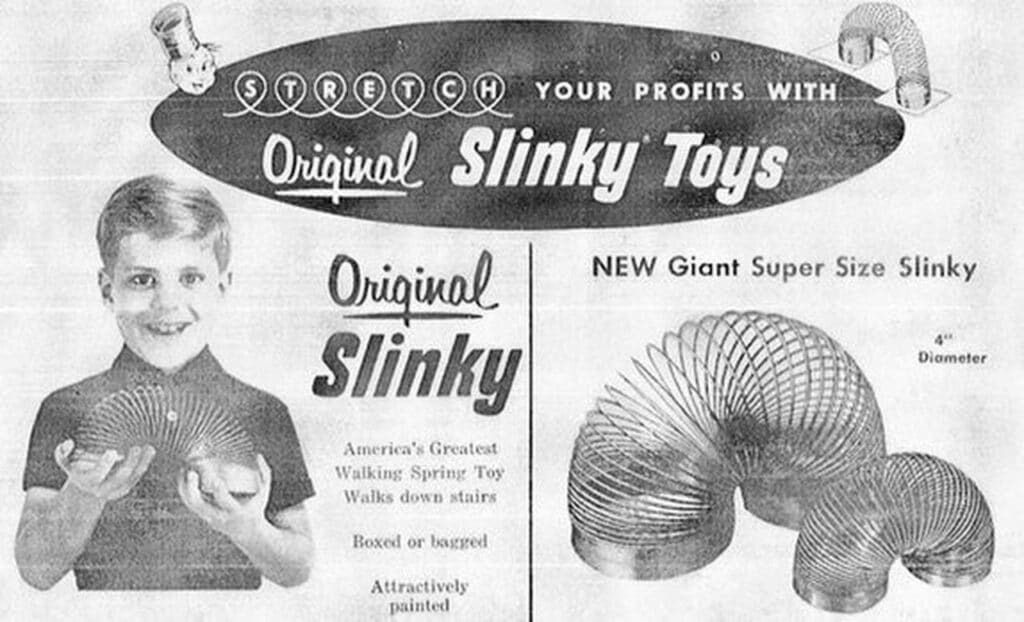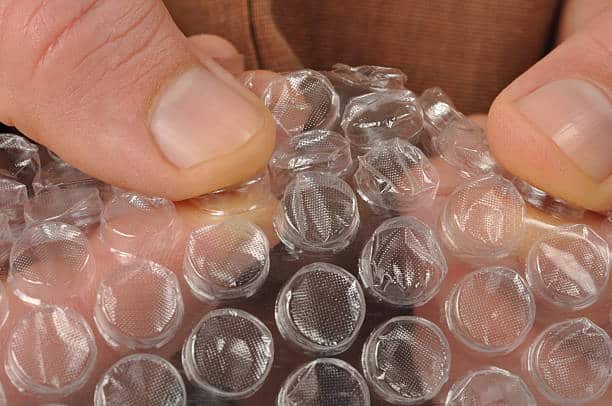Bob Ross might have introduced us to the term “happy little accidents” but scientists have been inventing happy little accidents for decades. We compiled a list of some of the most successful inventions that came to fruition by accident. Let’s take a look!

The Slinky
We don’t care how old or young you are, watching a slinky going downstairs is solid entertainment, but this wasn’t the goal of naval engineer Richard James. The goal was to create a spring that would keep equipment steady on ships, but when James accidentally knocked the spring off of a ledge and saw what it did, he was just as mesmerized as the rest of us. After showing his wife, Betty, she thought the idea should be a toy and the slinky was born.
Chocolate Chip Cookies
We want you to take a second and think about a world without chocolate chip cookies. Scary, huh? The year was 1930 and Ruth Graves Wakefield was the co-owner of the Toll House Inn, and as she was busy preparing chocolate cookies for her guests she realized she was out of baker’s chocolate. Assuming chocolate chips would have the same effect she threw those into the mix, but when she pulled the cookies out of the oven, she was actually pulling out the very first batch of chocolate chip cookies, and history was made.
Dynamite
Nitroglycerine, the stuff that goes ‘boom’, was invented by Ascanio Sobrero, then it was Alfred Nobel who took it and made dynamites. While Nobel was experimenting with nitroglycerin he found he could tame it by mixing it with kieselguhr. And as you can imagine, this was an accident that not only created what we know today as dynamite but also caused a number of deaths in the process.

Bubble Wrap
When Alfred Fielding and Marc Chavannes invented bubble wrap, it was actually on purpose, but initially, they had intended on it being wallpaper, not packing material. As you can probably guess, people didn’t respond well to bubble wrap wallpaper. The two engineers decided to market their invention as greenhouse insulation, but then when this didn’t take off, they finally went with the whole “packing material” thing in the 1960s.
Velcro
While walking his dog one day George de Mestral, a Swiss engineer, took note of how the burrs stuck to him. Upon further examination, he found that the burrs had tiny hooks that allowed them to easily stick to fabric and fur. The way these burrs stuck to things inspired him to come up with a fastening system that mimicked what the burrs did, thus creating velvet.